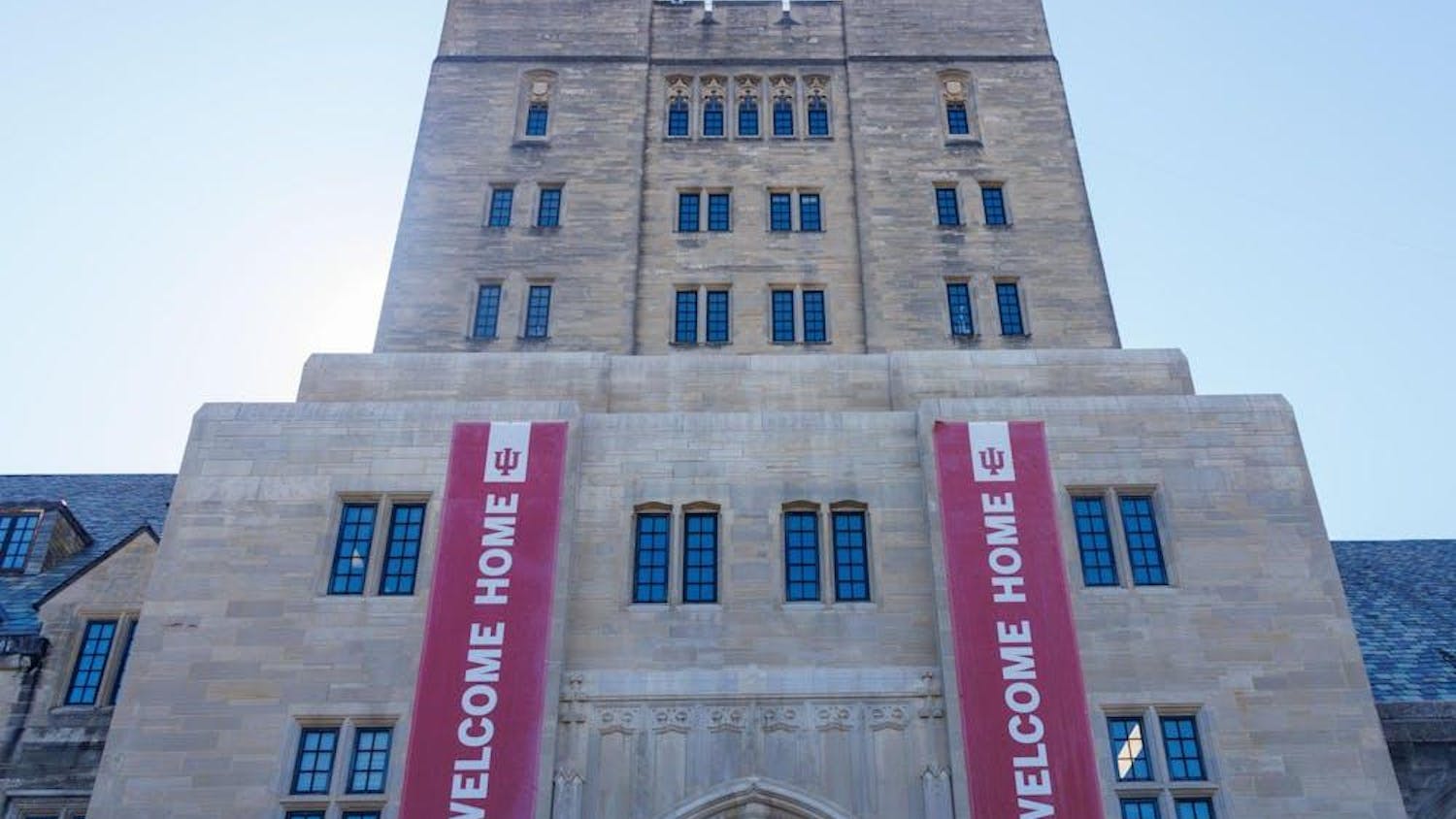Many people dream of a future of computers becoming more like humans.
Self-driving cars and smartphones might seem as intelligent as humans, but the IU Computer Vision Lab works to make those dreams an even closer reality.
The IU Computer Vision Lab uses artificial intelligence to make computers think the way people do and advance technology for everyone from people in Indiana to big-name companies.
David Crandall, associate professor in the School of Informatics and Computing, directs the lab on artificial intelligence research.
“It’s an exciting time these days,” Crandall said. “There’s a huge amount of progress in the last four to five years. Companies like Facebook, Microsoft and Google are pouring huge amounts of money into research in this area.”
Designing software and programs that interpret videos and images, researchers in Crandall’s lab teach computers to detect faces and other features in them.
Their work in deep learning allows computers to detect features in images the same way a human would.
Those features can be faces, shapes or any other object.
“Deep learning shows that if you have enough data, then neural network models with huge amounts of computational power can go through huge collections of images and learn something,” Crandall said.
A computer can look at thousands of different pictures of cats and learn what a cat looks like.
It can then identify if a picture has a cat based on the features it has learned.
Companies like Facebook use this research in apps and phones to collect information and make predictions, Crandall said.
Those companies try to predict what information you want the same way a human would.
From this information, those companies can make predictions of our own behavior.
“If you try to combine information in various ways, sometimes you learn something that human eyes cannot see,” said Chenyou Fan, a Ph.D. student in the computer vision lab.
Last month, Fan and Crandall created DeepDiary, a program that detects content from images of photo collections.
Sven Bambach, a postdoctoral researcher, said the technology can analyze images from wearable cameras like GoPros and Google Glass.
“A lot of what we did is using the deep learning techniques captured from those cameras,” Bambach said.
With this technology, Google Glass could identify people, locations and anything else with greater accuracy.
GoPros can search through your home’s security system for the precise moment a thief broke into your house.
“With the self-driving car, you’re connected with everyone on the road,” Bambach said. “With everyone connected, the problem is jointly thinking about all cars at once.”
Deep learning handles these complicated problems, such as when self-driving cars make decisions in busy streets.
Beyond personal use, the lab has worked with the government and military to see the benefits as well, Crandall said.
The Naval Surface Warfare Center Crane Division, less than 100 miles from Bloomington, has a major focus on protecting cyber security.
Crane is making sure devices aren’t hacked or based on counterfeit, defective or substandard electronics, Crandall said.
The Computer Vision Lab inspects those devices to look at their large amounts of data.
Bambach said the lab collaborates with researchers in the psychology department who study the cognitive development of toddlers.
The lab’s work shows that the ways babies process images might be very similar to the way we teach computers to identify them.
The lab might work with the engineering department to improve MRI processing and speech and audio recognition through similar software the Computer Vision Lab develops.
“There’s a step by step process to do this,” Crandall said. “First it detects a face, then skin colors, then things that are shaped like what its looking for.”
However, deep learning has its issues, Bambach said. If a deep learning computer only collects information from pictures of black cats, it might think all cats are black.
Or, if it studies pictures of cats and skateboards close to each other, the computer might think cats and skateboards are part of the same object.
Though the technology is promising, Crandall said changes are going to happen slowly.
While it’s going to come slowly and steadily, the IU Computer Vision Lab is making it happen.




